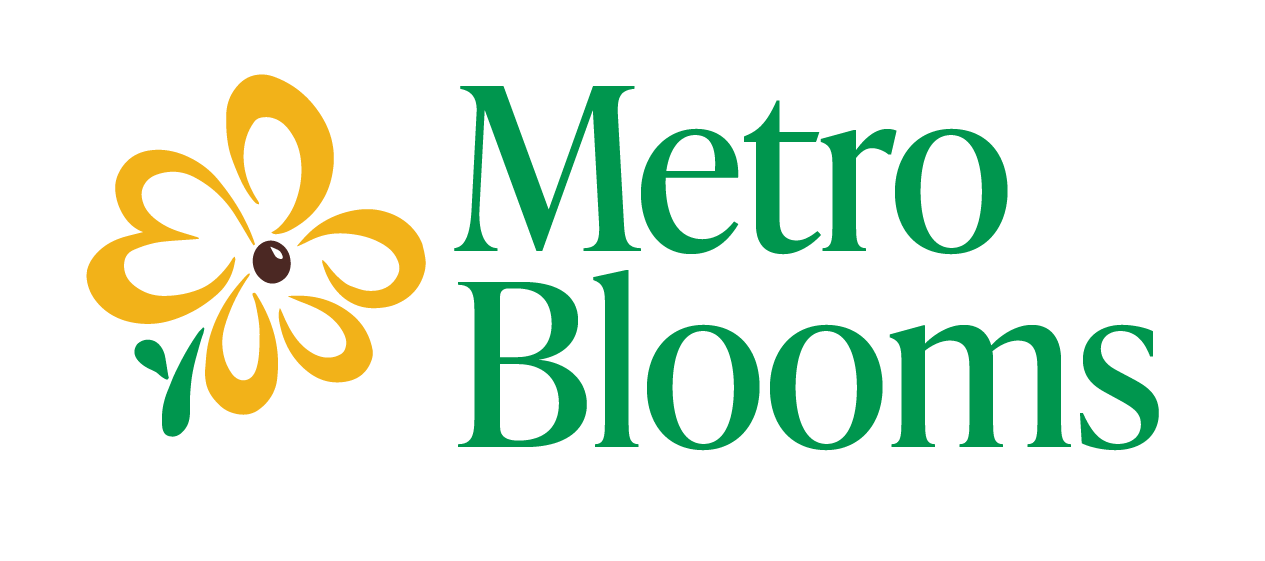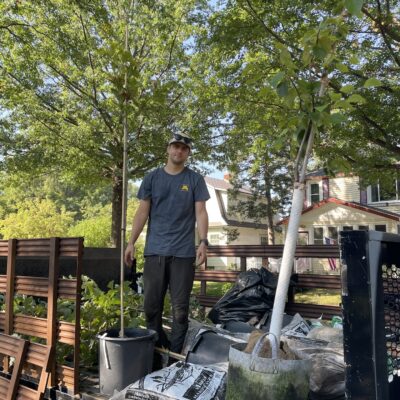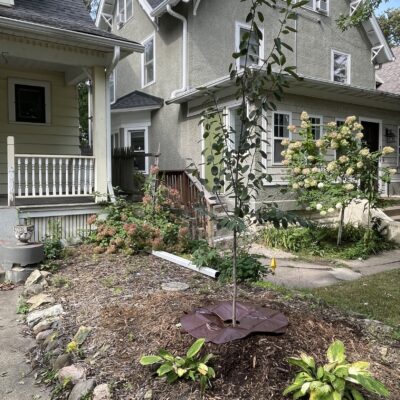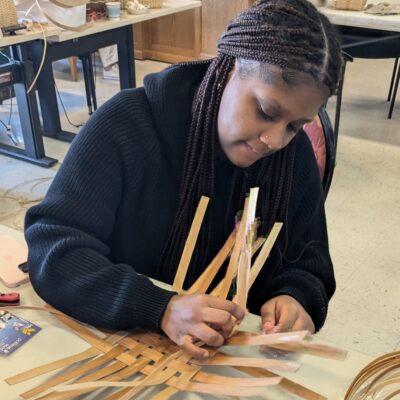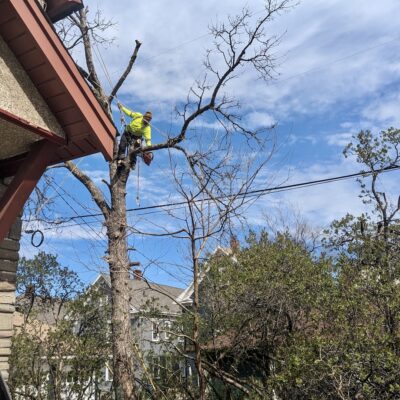
The projects share similar goals: creating a more resilient tree canopy while supporting residents who may not be able to afford costly tree removals and plantings. Most of the condemned trees are ash, a species vulnerable to the emerald ash borer (EAB), resulting in the removal of thousands of ash trees in North Minneapolis. We discuss participants’ priorities for the kind of tree they want and offer a variety of native species. By introducing a greater diversity of species, we reduce risks of a single pest like EAB devastating the tree canopy.
